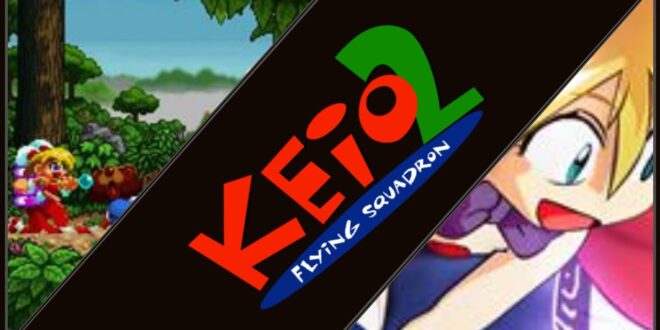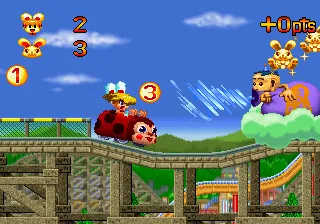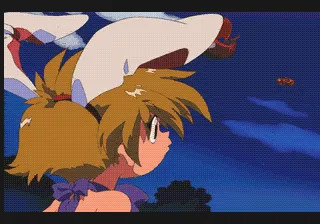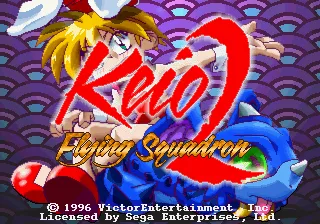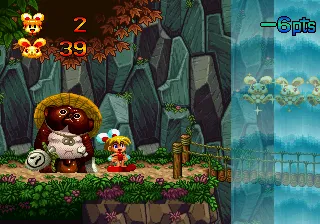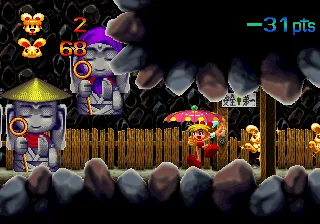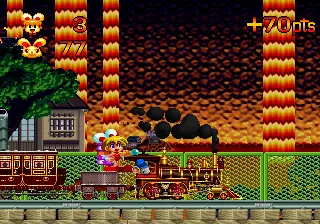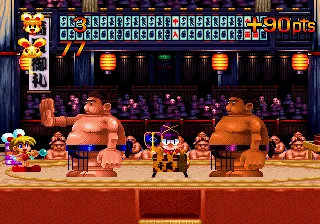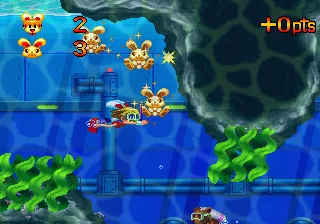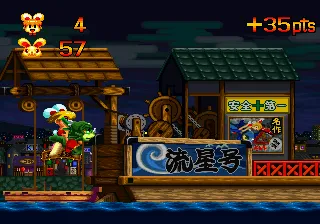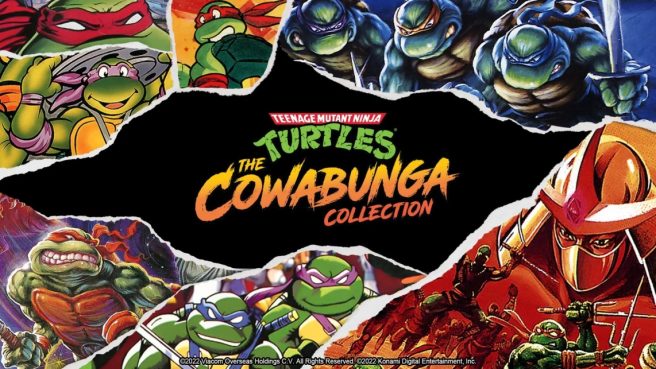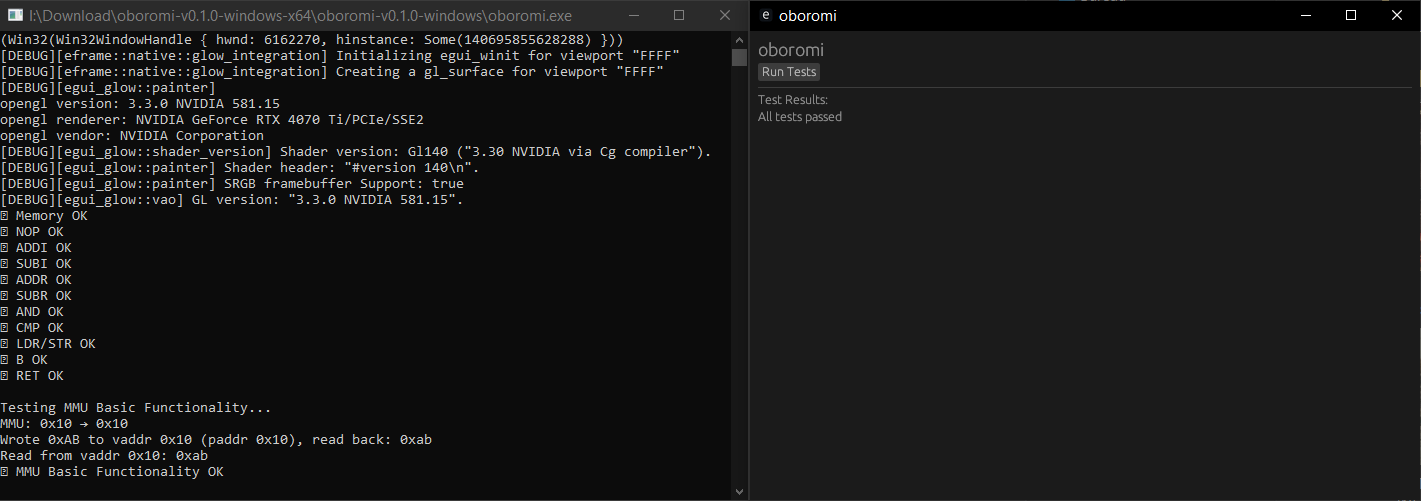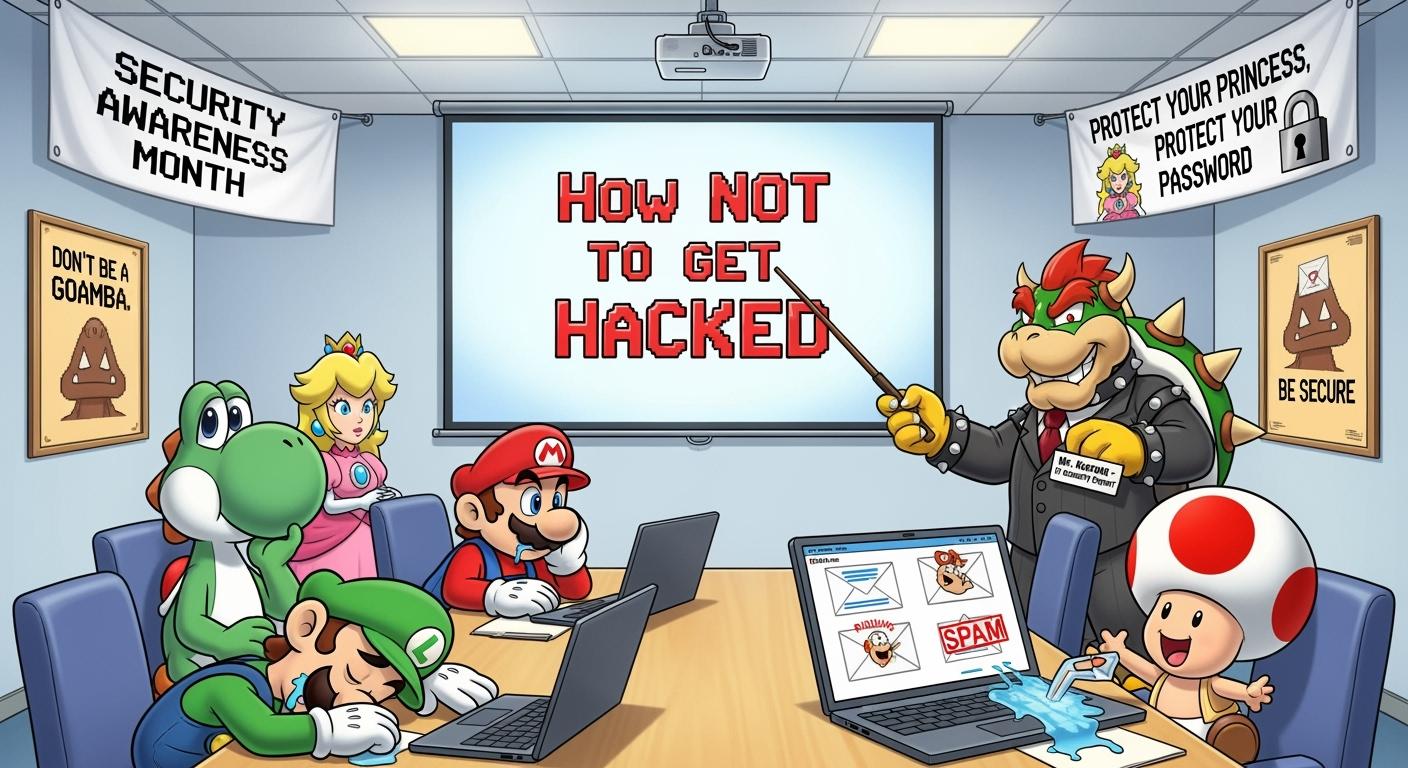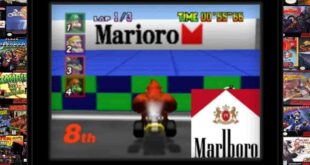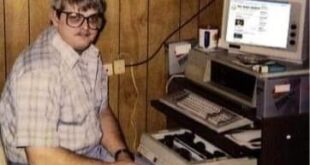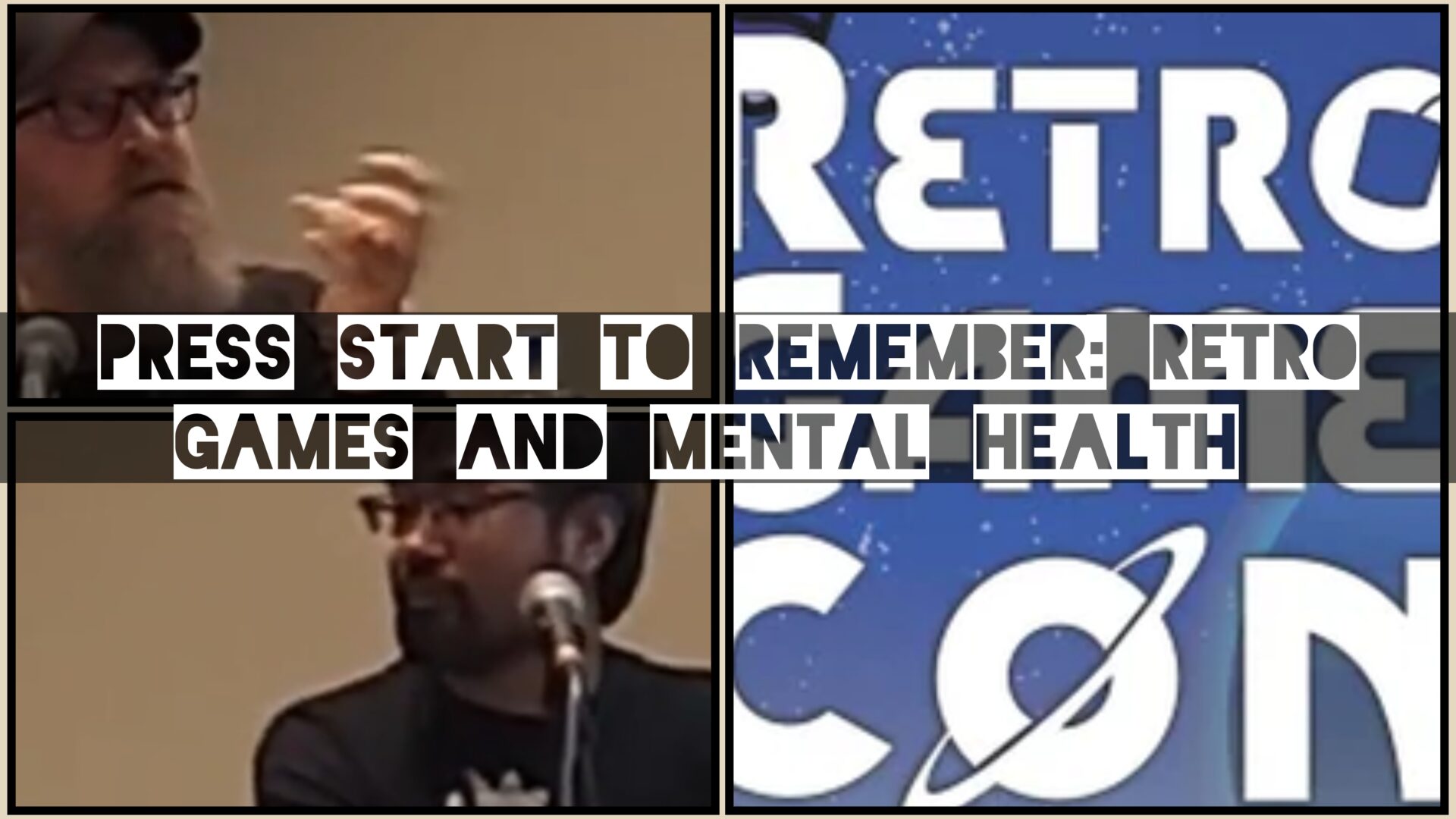(HEY YOU!! We hope you enjoy! We try not to run ads. So basically, this is a very expensive hobby running this site. Please consider joining us for updates, forums, and more. Network w/ us to make some cash or friends while retro gaming, and you can win some free retro games for posting. Okay, carry on 👍)
Keio Flying Squadron 2: A Retro Review for the Sega Saturn
Many Sega Saturn titles have garnered cult followings and are lauded for their unique contributions to gaming, but not all games hit the mark for every player. “Keio Flying Squadron 2” (Kyuukyoku Tiger II Plus in Japan) is one such title that, despite its charm and technical achievements, left players with mixed feelings, particularly concerning its controls and gameplay mechanics.
Developer and Vision
Developed by Victor Entertainment, “Keio Flying Squadron 2” was released in 1996 as a sequel to the original “Keio Flying Squadron.” The development team aimed to craft a game that built upon the whimsical and fantastical elements of its predecessor, while also delivering a visually stunning and musically enchanting experience for the Sega Saturn.
Graphics and Music: An Audio-Visual Feast
There’s no denying that “Keio Flying Squadron 2” is visually captivating. The game boasts vibrant, colorful graphics that are a testament to the Saturn’s capabilities. Its art style is a mix of traditional Japanese aesthetics with a quirky, cartoonish twist that sets it apart from other titles of the era.
The music of “Keio Flying Squadron 2” is equally impressive. The soundtrack is a beautiful composition that blends traditional Japanese instruments with energetic, upbeat tunes, creating an immersive and enjoyable backdrop to the on-screen action.
Gameplay: Where Charm Meets Frustration
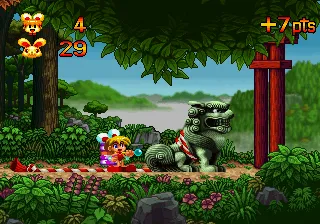 The whimsy of “Keio Flying Squadron 2” extends into its gameplay, which features platforming elements combined with shoot-’em-up segments. Players take on the role of Rami, a young girl tasked with recovering pieces of a magical key. Each level brings new environments and challenges, from flying through the air on Rami’s pet dragon to navigating treacherous terrain on foot.
The whimsy of “Keio Flying Squadron 2” extends into its gameplay, which features platforming elements combined with shoot-’em-up segments. Players take on the role of Rami, a young girl tasked with recovering pieces of a magical key. Each level brings new environments and challenges, from flying through the air on Rami’s pet dragon to navigating treacherous terrain on foot.
However, the game’s controls are where players’ frustrations often lie. Many have found the controls to be less responsive than desired, making the precise movements needed for platforming unnecessarily difficult. This aspect alone has been enough to taint the experience for some, overshadowing the game’s many positive attributes.
Story: A Quirky and Eccentric Adventure
The storyline of “Keio Flying Squadron 2” is as eccentric and humorous as its visuals suggest. Rami, alongside her trusty dragon companion, Spot, sets off to collect the pieces of the key to prevent it from falling into the wrong hands. The narrative is light-hearted and doesn’t take itself too seriously, offering comic relief and quirky dialogue that fits the game’s overall tone.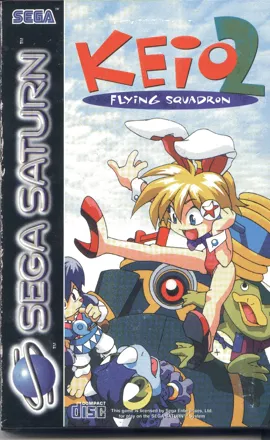
Reactions and Release Year Sentiment
Upon release, “Keio Flying Squadron 2” received a mixed reception. While many praised its visuals and soundtrack, the controls were a common point of criticism. The Saturn was also facing stiff competition from the Sony PlayStation and Nintendo 64, which may have overshadowed the game’s release.
Key Facts About the Game
- “Keio Flying Squadron 2” is a sequel but shifts from a pure shoot-’em-up to a platformer with shooting elements.
- The game was released exclusively on the Sega Saturn, contributing to its relative obscurity.
- It featured voice acting and animated cutscenes, which were impressive for the time.
- The game has a unique setting that combines elements of Japanese folklore with a whimsical, alternate history.
Replay Value and Community Perspective
Despite its flaws, “Keio Flying Squadron 2” does offer replay value for those who appreciate its unique blend of humor and style. The game’s multiple levels, secret areas, and collectibles provide reasons to revisit the adventure.
Members of the “Retro Replay” community have expressed a range of opinions. A community member, Michael Townsend, shares:
“While ‘Keio Flying Squadron 2’ dazzles with its graphics and catchy tunes, the clunky controls were a deal-breaker for me. It’s a shame because the game has so much personality, but when the gameplay doesn’t match up, it’s hard to fully enjoy the experience.” – Michael Townsend, Retro Replay community member
A Closer Look at Gameplay
Diving into the gameplay specifics, “Keio Flying Squadron 2” is a mix of genres that should theoretically blend seamlessly. Players navigate through platforming sections with a floaty jump mechanic that can feel imprecise, leading to unnecessary deaths. The shoot-’em-up sections, while a nod to the original game, feel disjointed when juxtaposed with the platforming gameplay.
Boss battles are creative but suffer from the same control issues that plague the rest of the game. Learning enemy patterns and executing the right moves is more frustrating than fun, and while this may appeal to gamers who enjoy a tough challenge, it can dissuade those looking for a more accessible experience.
Historical Context and Gaming at the Time
In the mid-90s, the gaming industry was evolving rapidly, with the transition from 2D to 3D gamingon the horizon. Sega Saturn, with its 2D prowess, was often overshadowed by the 3D capabilities of its competitors. “Keio Flying Squadron 2” was a reminder of the era’s transitional pains, showcasing beautiful 2D art in a market increasingly fascinated by 3D worlds.
Conclusion
“Keio Flying Squadron 2” stands as a unique piece of Sega Saturn’s history. Its stunning audio and visual presentation demonstrate the heights 2D games could reach even as the industry shifted focus. However, its gameplay and control issues present significant barriers that prevent it from being remembered as fondly as other titles from the era.
For those interested in exploring this quirky title further, resources such as the Sega Saturn Wikipedia page and various retro gaming forums can provide additional context and community insights. While official developer and publisher pages from the mid-90s are scarce, fan sites dedicated to Saturn’s library often discuss “Keio Flying Squadron 2” and its place in the console’s lineup.
In the end, “Keio Flying Squadron 2” is a game that will resonate with some for its charm and artistry but will leave others frustrated by its gameplay mechanics. It’s a testament to the era’s creativity and the risks developers were willing to take, even if not all those risks paid off.
The verdict.
Graphics - 84%
Sound - 87%
Gameplay - 56%
Replay value - 56%
71%
While 'Keio Flying Squadron 2' dazzles with its graphics and catchy tunes, the clunky controls were a deal-breaker for me. It's a shame because the game has so much personality, but when the gameplay doesn't match up, it's hard to fully enjoy the experience.
 Retro Replay Retro Replay gaming reviews, news, emulation, geek stuff and more!
Retro Replay Retro Replay gaming reviews, news, emulation, geek stuff and more!
